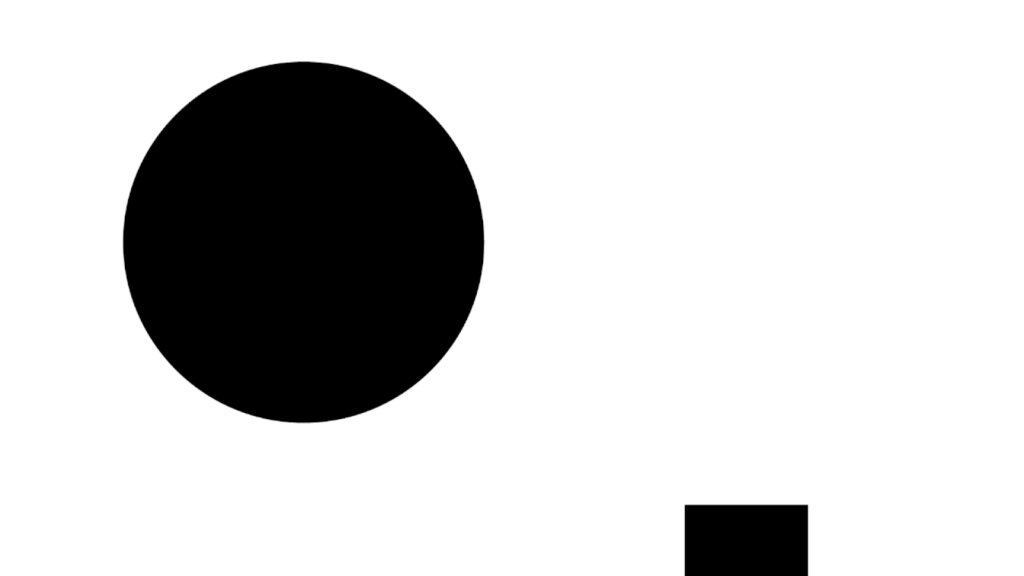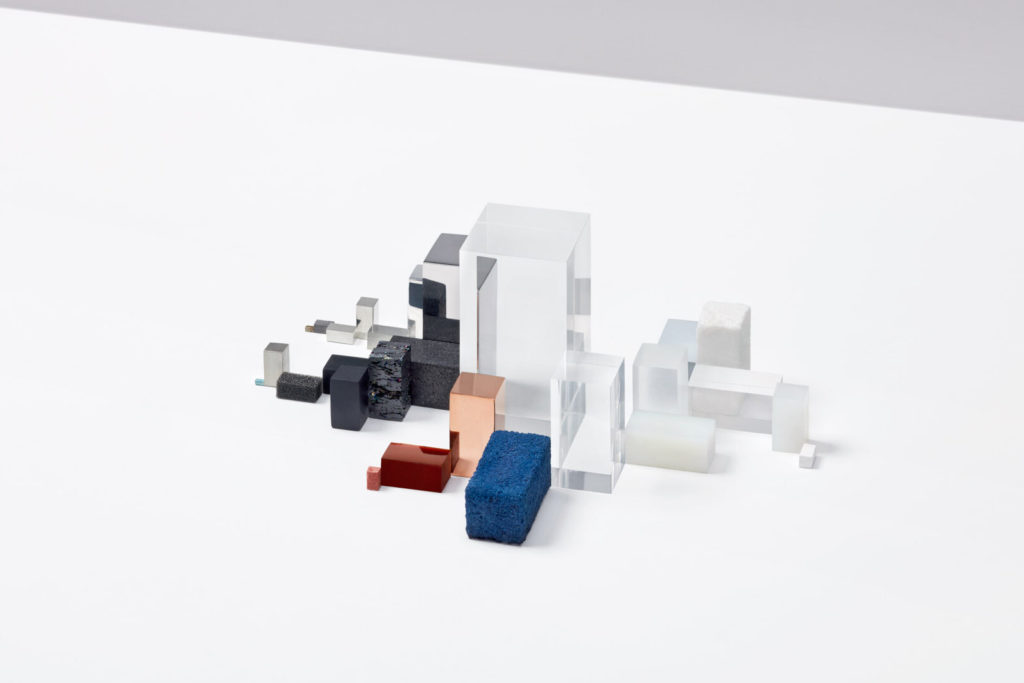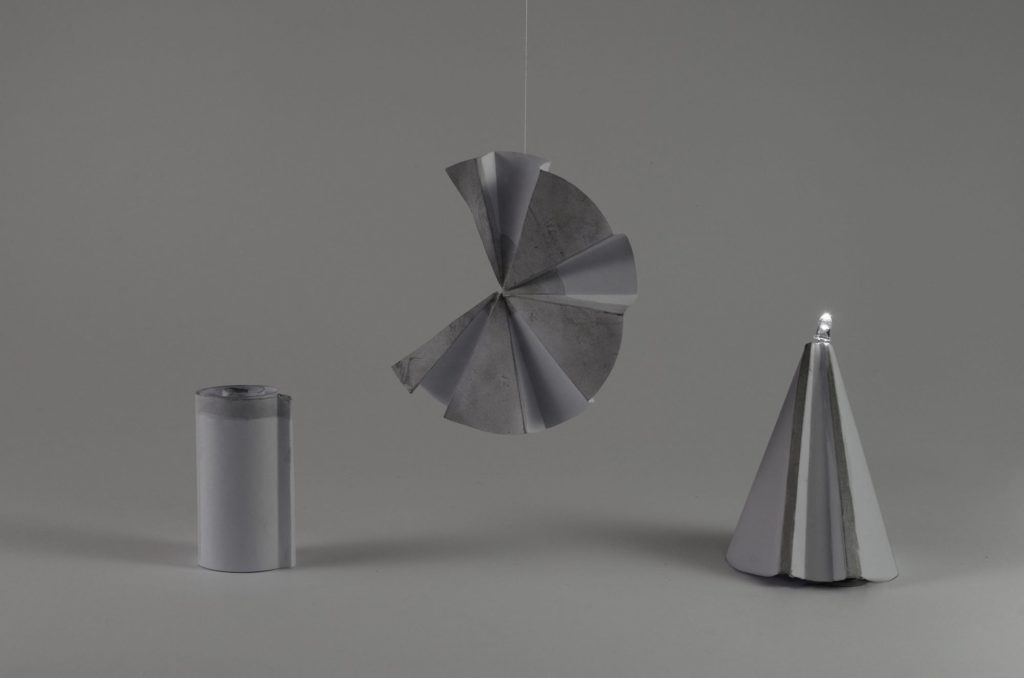Materialism of Things
Materialism of Things (MoT) is a philosophy, mindset and a source of inspiration for philosophers, makers, inventors, designers, engineers, and anyone eager to reimagine responsive objects and environments in a sustainable, efficient and dynamic way by taking advantage of innate material behaviour.
It is an ongoing research project exploring and describing a new approach where any simple and renewable material can be smart and dynamically responding to its environment depending on how we understand, design and interact with it.
#materialagency #responsivepaper #active #objectbehaviour #interaction #symbiotic #sustainable #materialismofthings
WHY
Technologies have profoundly reconfigured the material fabric of our lives (Zammuto et al., 2007). An increasing number of things are embedded with sensors, software, network connectivity and electronics attempting to improve the everyday life through faster and easier communication (IoT).
Their construction and design is complex and often composed by the use of a multitude of materials that are not renewable, making it nearly impossible to disassemble and recycle them. Besides they are often isolated and not intuitive in their usability or have unnecessary functions made for the mass.
HOW

Any material has agency and undergoes a continuous multi-directional exchange of information with their environment, changing their properties depending on external stimuli. Hence, it is a matter of understanding the logic of materials’ intrinsic properties and behaviour in its given context and environment to then imitate, program and transform, currently passively perceived materials, into active materials for meaningful applications. It is the aim to induce more functionality into one material, even those considered waste or leftover, instead of relying on devices, energy supply, dependencies and additional resources.
If yesterday we programmed computers and machines, today we program matter itself. – Skylar Tibbits, 2018
WHAT
The philosophy and approach of MoT is introduced, explained and evaluated on the example of paper: Paper Gestures introduces and exemplifies the principles of the ongoing research project and theory MoT. It is a series of three responsive paper interfaces that react to and intra-act with human behaviour and their direct environment, transforming the ancient, previously passive and low-tech material into a dynamic, active and responding medium.
The principles evolving out of the process result in a Manifesto allowing to apply the methodology to any other material.
“It is an equation of two or more things that result in something new. Depending on what you put into that equation you have a different result.“
Luis Eslava – Industrial Designer
“It is the essence. It means to understand what a material is, where it comes from, its properties – its essence.”
Juan Perez – Artist
“A system that explores the intimate relationships between the active and passive interaction of humans and materials. It also relates to materials perception.“
Dr. Laura Clèries – Director of Elisava Research
The project Materialism of things (MoT) – Paper Gestures was developed by Franziska Seehausen at ELISAVA Barcelona in the Master »Design through New Materials 2019/2020«. Her aim is to introduce the new idea and approach of MoT to inspire others as well as she sees the project as a beginning of a larger research phase and hopes to investigate further in the field of design, materials and interaction adjacent to her Master.

